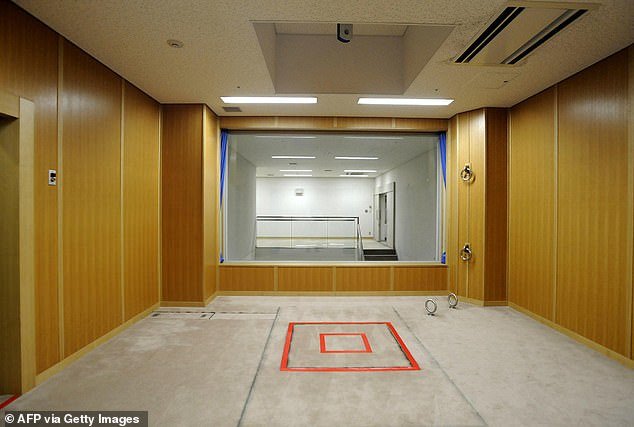The Tokyo Detention Center, while appearing like other stark buildings in Katsushika, conceals a grim reality within its walls. Here, Japan conducts its executions in a manner described as cold and theatrical. Inmates are led to an execution chamber where they are blindfolded and hanged without prior notification, which has been criticized for causing additional distress to families—an issue highlighted by the UN.
Recent debates have been reignited by the execution of Takano Shiraishi, known as the “Twitter Killer,” who murdered nine victims, including vulnerable women. His case underscores the clinical nature of Japan’s death penalty practices, which differ from those in the U.S., where inmates typically have warning before their executions.
Executions in Japan occur suddenly, with prisoners informed only on the day of their execution. Families are notified after the death is confirmed, and prisoners are closely monitored to prevent escape or self-harm in the meantime. The process is quick, with a trapdoor mechanism leading to their deaths while viewers observe through a glass barrier.
Justice Minister Suzuki justified the continuation of the death penalty, citing public support for it despite increasing calls from human rights advocates for its abolition. High-profile cases, such as that of Yuki End, who was sentenced to death for a shocking double murder, demonstrate ongoing severe crime concerns in Japan and the state’s commitment to maintaining the death penalty amid societal debates.
Source link


